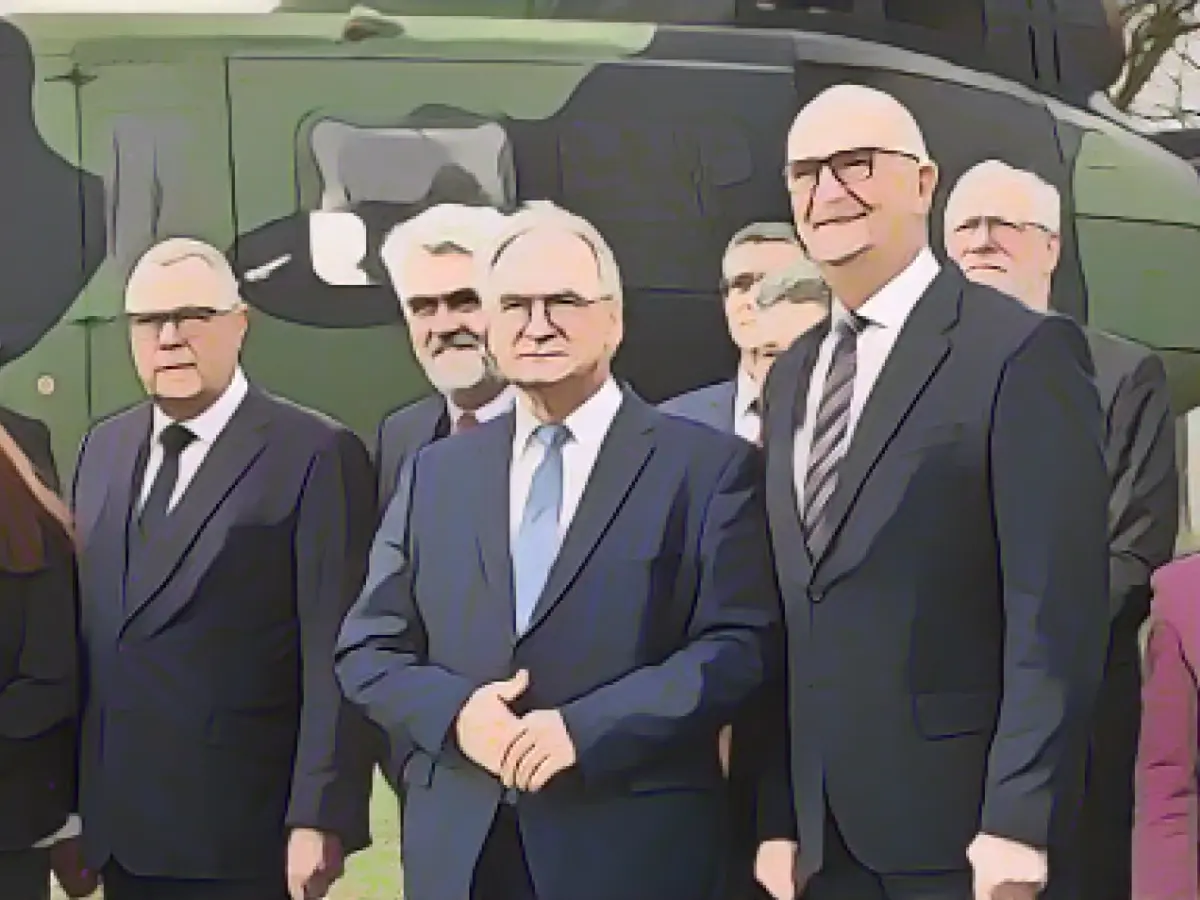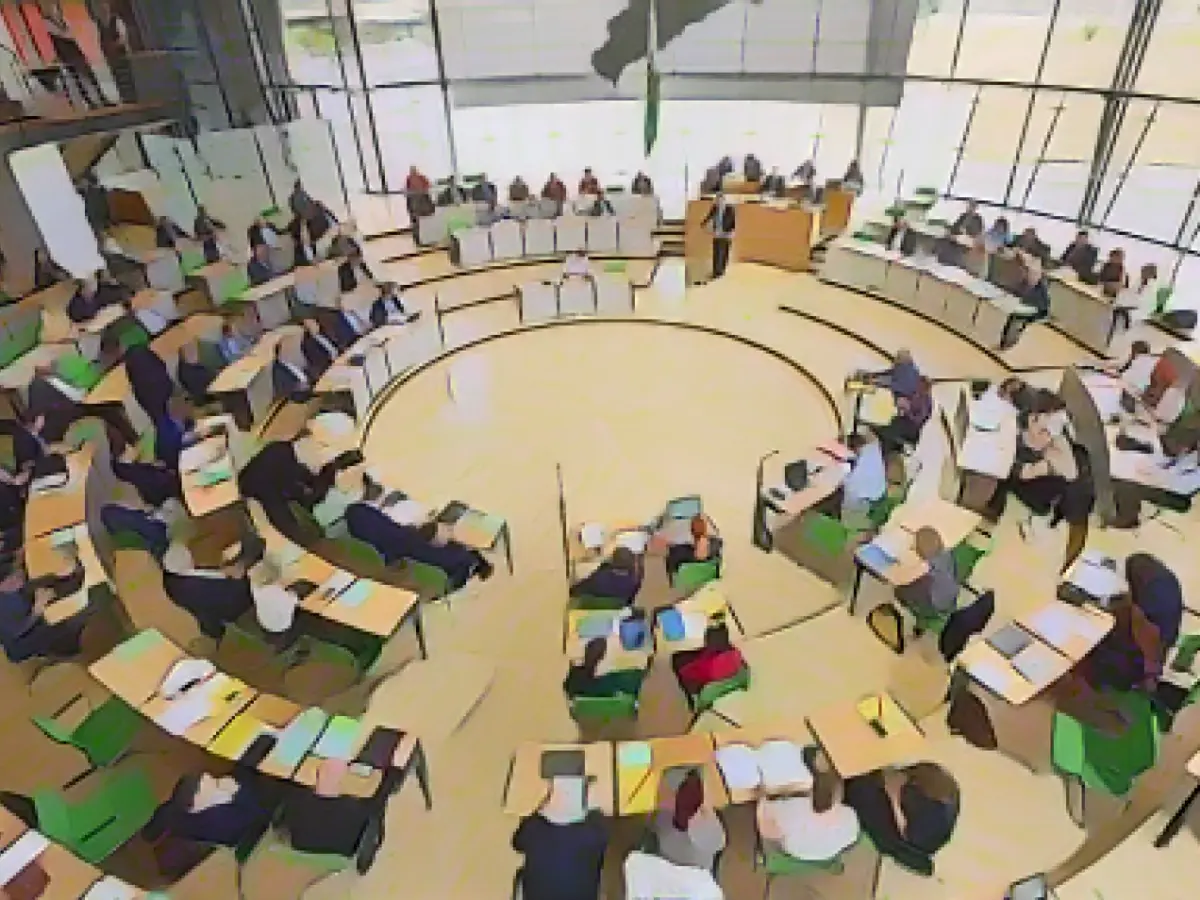Bavaria Extends FM Radio Frequencies Until 2035 for Stability and Diversity
The Bavarian government has taken a decisive step to maintain traditional FM radio in the region, proposing a legal extension of FM frequencies until 2035. During the cabinet meeting in Munich, Bavarian Media Minister Florian Herrmann (CSU) revealed that the initial allocation will remain valid until 2032 and could extend for another three years. Currently, the FM frequency allocations are set to expire in 2025.
Herrmann's motivations were to ensure planning and investment security for radio operators, enhancing media diversity in Bavaria. This move is validated by the CSU and Free Voters' coalition agreement, which, for the time being, prevents the switch-off of FM radio as long as it's economically feasible for private stations. Most of the Bavarian private broadcasters also support this stance, as demonstrated by an urgent letter to the coalition partners.
The Federal Network Agency is responsible for assigning radio frequencies in Germany. While the Bavarian Regulatory Authority for New Media (BLM) president, Thorsten Schmiege, initially advocated for an earlier FM phase-out, the cabinet's decision aims to bolster FM's presence despite its slow decline in popularity. In Germany, 40% of the population aged 14 or above still listens to radio via FM, and many prominent stations, such as the public broadcaster Bayerischer Rundfunk, rely on FM for listeners.
The extension of FM radio frequencies beyond 2032 aims to preserve media diversity and stability for radio operators. According to the coalition agreement, the Bavarian cabinet pledges to maintain FM radio wherever the private stations' economic situation does not warrant its switch-off.
Debate Surrounding FM Frequencies' Future
The future of FM frequencies is a hotly-debated topic in Germany. On various radio shows and online platforms, discussions on FM frequencies' role in the media landscape are a common feature. The Bavarian state government's stance on FM can be a significant talking point for these debates, contributing to an informed and engaged public discourse.
In the broader context, the impact on the media landscape is a topic of ongoing investigation. With a supportive regulatory environment, traditional radio broadcasts may continue to gain relevance, offering an alternative to digital streaming services. The balancing act between traditional and digital media could lead to a diverse and inclusive landscape that caters to individual preferences and technological abilities.
Enriching the Discussion with Contextual Insights
The media landscape in Germany has undergone significant changes due to the digital shift. Traditional radio stations face stiff competition from digital streaming services, including Spotify, Apple Music, and local online radio platforms. The extension of classic FM frequencies could be a strategic move to support traditional radio stations during this transition, enabling them to remain relevant and accessible to a wide audience.
Furthermore, maintaining the availability of classic FM frequencies could offer a competitive edge for traditional radio against digital services, particularly in situations where internet connectivity is limited or unreliable.
In summary, the Bavarian government's proposal to extend the allocation of classic FM frequencies until 2035 signals its commitment to preserving a diverse and inclusive media landscape in Germany by supporting traditional radio broadcasting during the digital shift.








